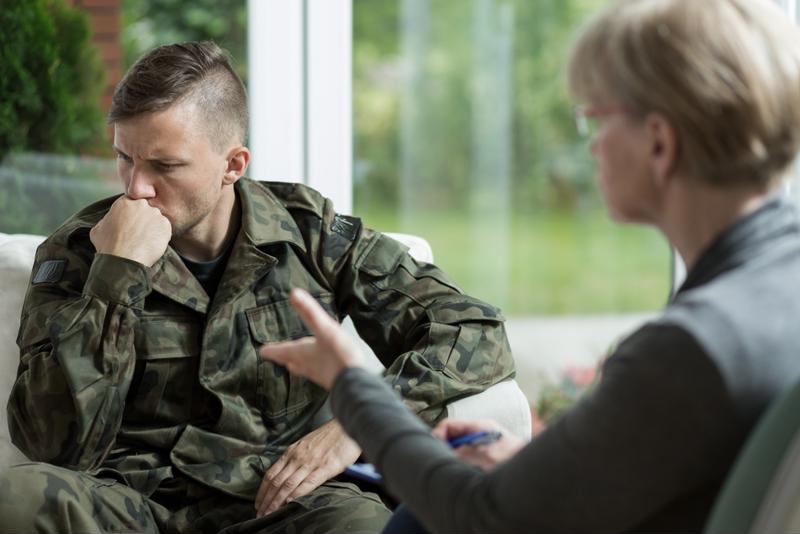It's a well-known fact that millions of veterans struggle with some of the scars of service, both visible and otherwise. And in the latter category, problems like post-traumatic stress disorder and depression are unfortunately all too common. The bigger issue is that they can also lead to self-harm, including suicide, and it's a very real problem in the veterans community today. Fortunately, more is now being done to address it.
An average of 20 veterans take their own lives each day, according to the latest and largest survey of suicide data from the U.S. Department of Veterans Affairs. The data comes from 2014 – the latest year for which complete information was available – and more than 7,400 former service members commit suicide in that calendar year. That accounted for nearly 1 in 5 suicides of all types seen nationwide (down from 22 percent in 2010), despite the fact that veterans make up about 9 percent of the total population.
"One veteran suicide is one too many, and this collaborative effort provides both updated and comprehensive data that allows us to make better informed decisions on how to prevent this national tragedy," said Dr. David Shulkin, VA Under Secretary for Health. "We as a nation must focus on bringing the number of veteran suicides to zero."

A closer look at the numbers
The number of suicides in the total U.S. population has likewise surged during that 13-year stretch, rising 23 percent since 2001, but there was a 32 percent increase among veterans during the same time, the report said. When controlling for a number of factors, veterans are 21 percent more likely to take their own lives. In addition, nearly 2 in every 3 veteran suicides involved a former service member who was age 50 or older.
But it's worth noting that a good preventative step is simply reaching out to someone, the report said. The suicide rate among veterans regularly using VA services was much more in line with the national average, and grew just 8.8 percent from 2001 to 2014, in comparison with a 38.6 percent increase among those who did not use such services. Suicides among males saw an 11 percent jump among those who used VA services and 35 percent for those who did not. More stunningly, the rate for females who interacted with the VA only grew 4.6 percent, while that among females who did not surged 98 percent.
What's being done?
Fortunately, the VA is moving to address these concerns, the report said. It will expand care through its telemental hubs, hire more than 60 new counselors for its crisis hotline, and work with non-VA institutions to establish better partnerships and expand programs available to veterans who desperately need the help.
The more that can be done to both understand and address the problem of veteran suicide, the better off these former service members, their friends, families, and communities will be. Any efforts to provide them with help will likely go a long way toward helping to save their lives.

